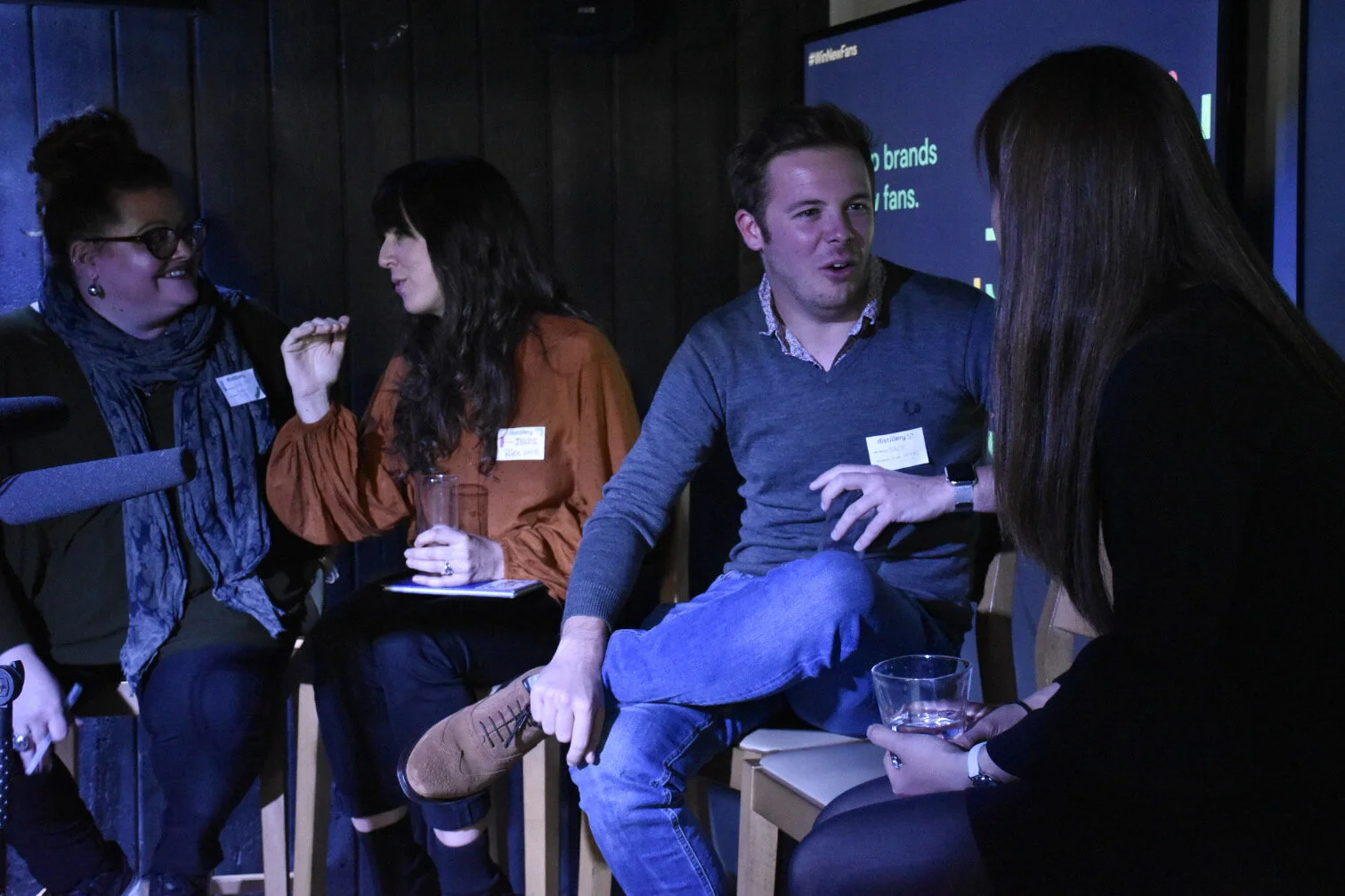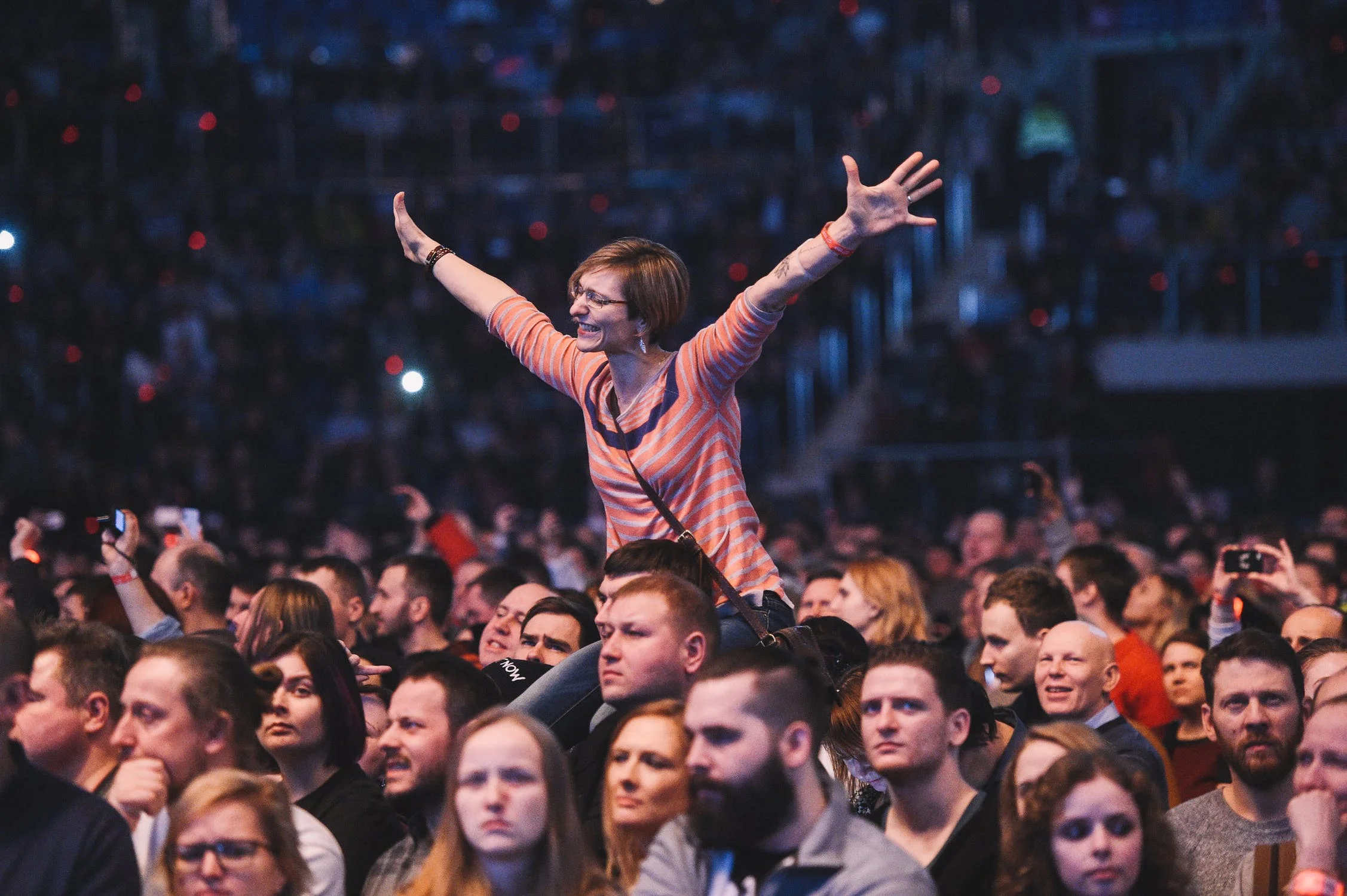We all know the value of great storytelling. Compelling narratives help us to form deeper connections with brands. And taking your customers on a journey that heroes what you have to offer is a particularly effective way of building a more intimate connection with them
Christmas is changing: How social purpose is redefining brand conversations in 2020 and beyond
Formats, focus, real-time content, and partnerships: The new (influencer marketing) normal
We’re remote workers at heart. Here’s how we do it.
Beyond localisation: Connecting with global audiences without getting lost in translation
You say potato, I say potahto. You say tomato… You know how it goes. Even between countries that speak the same language, brands might be confusing their audience by saying what they mean without meaning what they say. That’s because cultural differences, not just language, can affect how others interpret your message. To avoid any mismatch, localising content is key.
This can involve anything from saying your brand’s name differently so others can pronounce it (IKEA or ‘aykeeah’, anyone?), to transcreating your punchy slogan so it makes sense anywhere (remember when Swedish company Electrolux launched its “Nothing sucks like an Electrolux” campaign in the U.S?) Localisation could even affect your URL address, as it should read well anywhere in the world. Manufacturer of battery chargers Powergen Italia discovered the value of localisation after making an obvious but unfortunate URL choice for its newly launched English website: www.powergenitalia.com. Needless to say, it was quickly cancelled as jokes from the English-speaking world started flooding in.
One thing's for sure: Navigating cultural relevance is critical for brands dealing in multiple markets. Taking into account preferences, trends, beliefs, and colloquialisms that might be widely different from their own, brands can more effectively connect with global audiences while protecting its reputation. Here are five things that you might have thought were universal but aren’t, and should therefore be taken into account when localising your content:
1. The meaning of colours
Did you know that the first 90 seconds of our interaction with an environment or product play a huge role in how we subconsciously judge it? Crucially, 62% to 90% of that initial assessment is based on colour alone. Colour choices can make or break a deal: according to the Color Marketing Group, colour can account for up to 85% of the reason why people buy one product over another.
However, even the so-called ‘neutral colours’ aren’t exactly neutral when it comes to localisation. Take white, for example. In the West, white is associated with purity, cleanliness, and virtue. It's the traditional colour brides wear on their wedding day and health practitioners wear on duty. But in much of the East, white is associated with death and mourning instead. In India, it’s the only colour widows are allowed to wear. So think again when picking colours for your marketing content.
2. Popular buzzwords
In the English-speaking world, calling start-up companies “disruptive” has become the new norm. It carries a message of innovation, reclaiming a rather negative sounding word for a positive purpose. Everybody knows that, right? Wrong. These subtle connotations are exactly the type of thing that can get lost in translation.
Localising some Facebook adverts for the German market, distillery writer Martin Gschwentner picked up on that when faced with the task of introducing a proudly “disruptive” tech company to a German audience.
“Some of the buzzwords people use in English just don’t have the same power everywhere. Not even in Germany, where we tend to embrace anglicisms,” says Martin. “Calling your company ‘disruptive’ may work in some places to attract savvy tech talent. In others, it might leave some people a bit stumped,” he explains. To make sure that the positive message of innovation wasn’t lost on German readers, Martin replaced the word “disruption” with a more widely relatable concept of “changing the playbook within the industry” to make the brand’s content work harder in Germany.
3. Environmental concerns
Even something as seemingly universal as our impact on the environment can be perceived differently according to what kinds of environmental challenges are more visible or talked about in different parts of the world.
When H&M launched its Conscious Collection campaign, which encourages customers to become more environmentally aware without giving up “fashion”, H&M localised its message in its country-specific websites to bring its message closer to customers' hearts. In its English website, for example, ‘organic cotton’ and ‘worker safety’ are highlighted as key drivers for the eco-conscious campaign. On its Chinese website, the focus is on recycled polyester instead. By focusing on the topics that different audiences can easily understand and relate with, H&M makes its global campaign more impactful in a local context.
4. Social media
LinkedIn for B2B, Instagram for B2C… Is this all there is to choosing the best social media platform for connecting with different audiences? You guessed it: not necessarily.
Just have a look at how social media trends are changing around the world (and how quickly). In 2019, Instagram gained momentum almost everywhere, with nearly 70% of global marketers increasing their organic posting on the platform and reducing their Facebook activity. But if your audience happens to be in places like Aruba or Qatar, don’t be too quick to dismiss Facebook just yet – almost everyone in these countries (96%) was using Facebook as of January 2020 - so that’s where you’re likely to find your customers.
Social media is also not just a ‘where’ but a ‘how’ question: 98% of global active users prefer browsing Facebook on a smartphone, for example. To make it easier for people to find and enjoy your content from anywhere in the world, make sure your message translates seamlessly across devices too.
5. Seasons and holidays
You know the convenient saying “it’s noon somewhere in the world right now”? When it comes to localising your message, remember it also isn’t Winter or carnival season somewhere in the world right now. Keeping nature’s seasons and local observances in mind may sound obvious in the fashion industry (how effective would flip flop adverts be amongst a crowd living in a snowy city?), but it’s also true even if you’re not a fashion retailer.
There’s a reason why holiday seasons are heavy with marketing messages: collective celebrations and observances help us create strong ties with those around us – including brands. By tapping into this emotional connection, your marketing efforts can highlight your brand’s human touch and stand a higher chance of upping those engagement metrics. Just make sure you’re celebrating the right holidays instead of sending “Happy Thanksgiving” wishes to those who don’t celebrate it or barely understand what that means.
Producing targeted content that is effective isn’t simple. One best practice for getting it right is to open up to the possibility that your message might be interpreted in multiple ways, no matter how clear you think you are. Next time you're planning your communication strategy, remember to localise it so you can excite your audience about your brand, instead of confusing them.
We can help you create content that says what you mean in the right place, at the right time. Get in touch with a distiller now.
Stay tuned for our upcoming blog post: we’re talking brands that got localisation right, and what happens when the lack of localisation becomes a cringeworthy nightmare.
Personalisation: How data-driven marketing can help you turn customers into fans
Why celebrating diversity is a triple win for brands, and how to do it right with marketing
Something for everyone: How we’re personalising our holiday marketing (and why you should too)
How can brands win new fans? Five lessons in quotes from our latest fandom event
Our 10 step guide to distilling your branded content investment case
Fans. What separates them from ‘audiences’?
The history of fandom
Working with Influencers Part 2: Sourcing the right partners for lasting relationships
Is your brand ready for 5G? 5 ways it will change content marketing as we know it.
Embedding the rainbow: genuine LGBTQ inclusivity in advertising content
Working with Influencers Part 1: How to use influencer marketing positively
Here’s what we learned during our APA Masterclass 2019
The DEC invited us to learn how they provide ongoing support to Rohingya refugees.
Lights, camera, Cuba! Stories from my amazing film course experience
You know that feeling when you’re just about to embark on a new adventure that makes you jump out of your comfort zone? That’s exactly what my recent trip to Cuba was like.
One of the most prestigious film schools in the world, the International Film and TV School of Cuba (EICTV) aims to build a utopia for filmmakers to disconnect from fast-paced city life and focus on the mantra of ‘learning by doing’.
Pushing the glass ceiling further away with events that bring female directors closer together
I’m a woman. I work with women, employ women, and many of my direct clients are women. Yet, I feel more than ever that it’s important to actively support other women in the media industry. It's easy, particularly when you're no longer in the freelance world, to sit in your bubble thinking everything is moving forward. But then Trump gets elected, Me Too happens, Google has a 20,000-person walkout, and the gender pay gap continues.





















